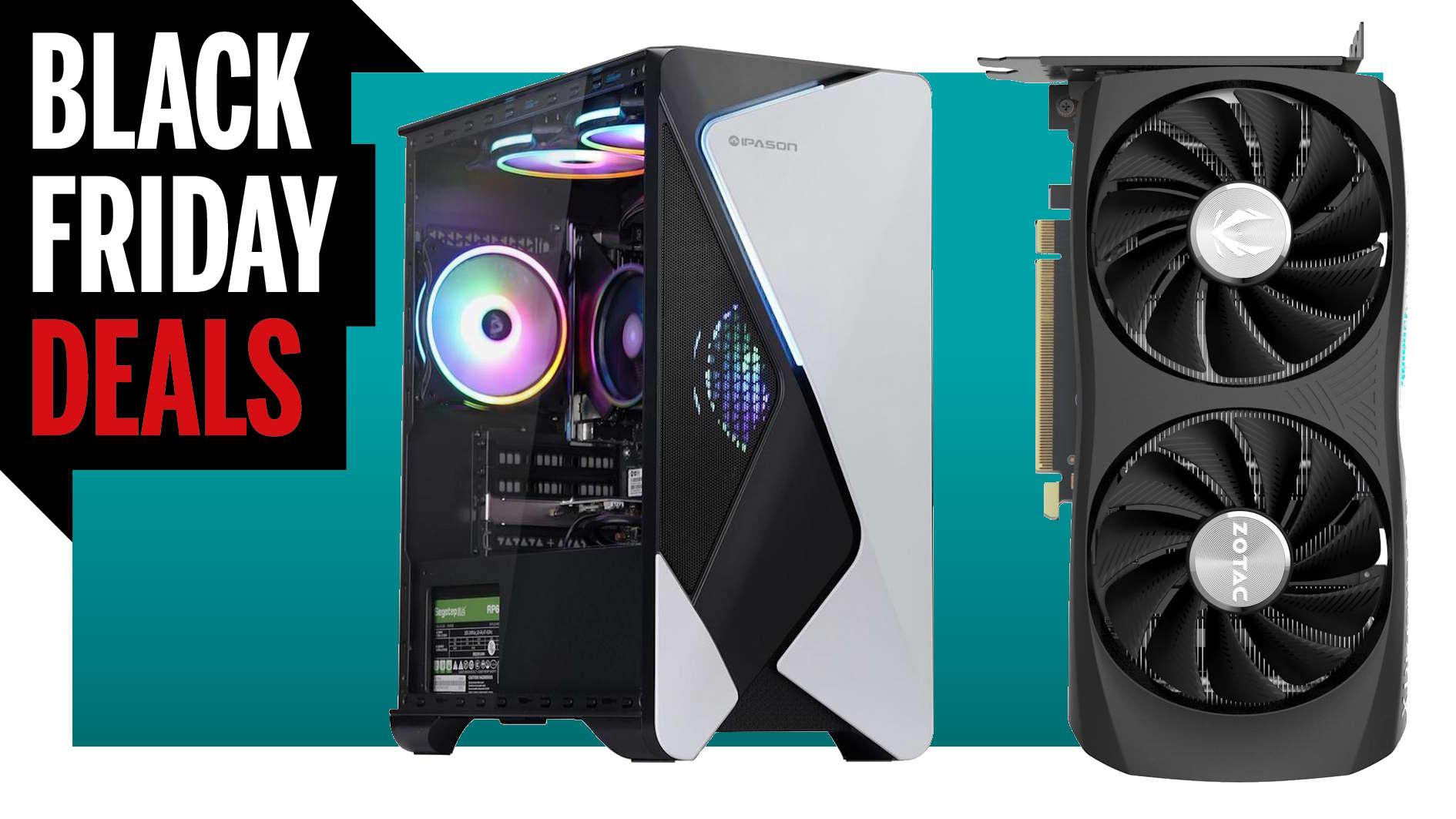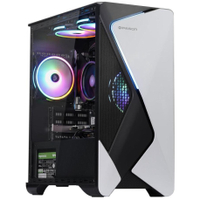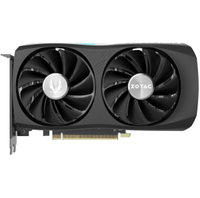Let me show you how to grab an RTX 4070 Black Friday gaming PC for less than $1,000 right now
All it takes is a little light screwdriver action at the end.

Ipason gaming desktop | AMD Ryzen 5 5600G | 16GB DDR4-3200 | 1TB NVMe SSD | $849.99 $469 at Newegg (save $380.99)
You can game on this machine to a certain extent—the integrated Vega GPU on the Ryzen chip will certainly support 720p gaming at lower settings. But we're listing it here as a good base from which to add your own graphics card for a quick, powerful new gaming PC. The AMD CPU is a good six-core, 12-thread job, and the 16GB RAM will run everything you need.
Zotac RTX 4070 Twin Edge | 12GB GDDR6X | 5,888 shaders | 2,475MHz boost | $549.99 $519.99 at Newegg (save $30 with promo code 3BFCYA4435)
Okay, sure, it's not a massive saving, but it's still the most affordable RTX 4070 I've found today. And it's from a brand I like (I've even been to the factory in China where this card was made). The RTX 4070 is like an RTX 3080 in terms of raw performance, but with the added layer of DLSS 3 and Frame Generation frosting.
Price check: Best Buy $549.99 | Amazon $549.99
There are some genuinely good Black Friday gaming PC deals out there right now, especially when you're looking at machines under $1,000. But while you will find RTX 4060 and even RTX 4060 Ti PCs for less than a grand, there isn't a retailer in the land that is going to sell you an RTX 4070 system for that sort of cash.
But you can make them.
It does require two separate purchases—this GPU-less Ipason PC for $469, and this Zotac RTX 4070 for $520, both from Newegg—but in a world where gaming PC builders are starting to ship graphics cards separately in the name of sparing the straining PCIe slots, I think it's a step worth taking. Especially as it means you can get an RTX 4070 machine for just $989 when the cheapest we've found so far is at least $200 more than that.
The Ipason PC certainly isn't what you could realistically call a legit gaming PC. It will do for some casual gaming thanks to that Vega-powered (remember them?) integrated GPU in the AMD Ryzen 5 5600G APU, but it really needs a graphics card to make it shine. Thankfully, because it's costed up at just $469, that gives you a lot of wiggle room to find your own graphics card.
I did initially spec this out with an AMD Radeon RX 7800 XT for just under $500, and that would give you gaming performance sometimes faster, sometimes slower than an RTX 4070, but the RDNA 3 architecture is a lot thirstier than Nvidia's Ada. And because the Ipason comes with only a 550W PSU, that's a little too sparse in terms of power for the AMD card.
- We're curating all the best Black Friday PC gaming deals right here.
But because of the efficiency of the Nvidia Ada GPU architecture, that 550W power supply will actually be just fine for an RTX 4070. The six-core, 12-thread Ryzen 5 5600G will also happily keep that GPU fed with enough data to keep it running happily in pretty much any game you throw at it in either 1080p and 1440p.
And, because you also get DLSS 3 and Frame Generation support, as well as improved ray tracing performance, I'd still rather the GeForce GPU than the RX 7800 XT, all things being equal.
The back-up spec for the Ipason base PC is still pretty good for a $469 machine, too. It originally came with a 512GB SSD, but the spec has been upgraded to a full 1TB NVMe drive now. You also get 16GB DDR4-3200 memory, which is absolutely fine for a last-gen AM4 processor of the Zen 3 variety. It's also still got an upgrade path, too. There are rumours that AMD will be releasing more 3D V-Cache Ryzen 5000-series chips later this year, and that means if you do end up wanting more processing power down the line, you're not going to be overly restricted.
Keep up to date with the most important stories and the best deals, as picked by the PC Gamer team.

Dave has been gaming since the days of Zaxxon and Lady Bug on the Colecovision, and code books for the Commodore Vic 20 (Death Race 2000!). He built his first gaming PC at the tender age of 16, and finally finished bug-fixing the Cyrix-based system around a year later. When he dropped it out of the window. He first started writing for Official PlayStation Magazine and Xbox World many decades ago, then moved onto PC Format full-time, then PC Gamer, TechRadar, and T3 among others. Now he's back, writing about the nightmarish graphics card market, CPUs with more cores than sense, gaming laptops hotter than the sun, and SSDs more capacious than a Cybertruck.



